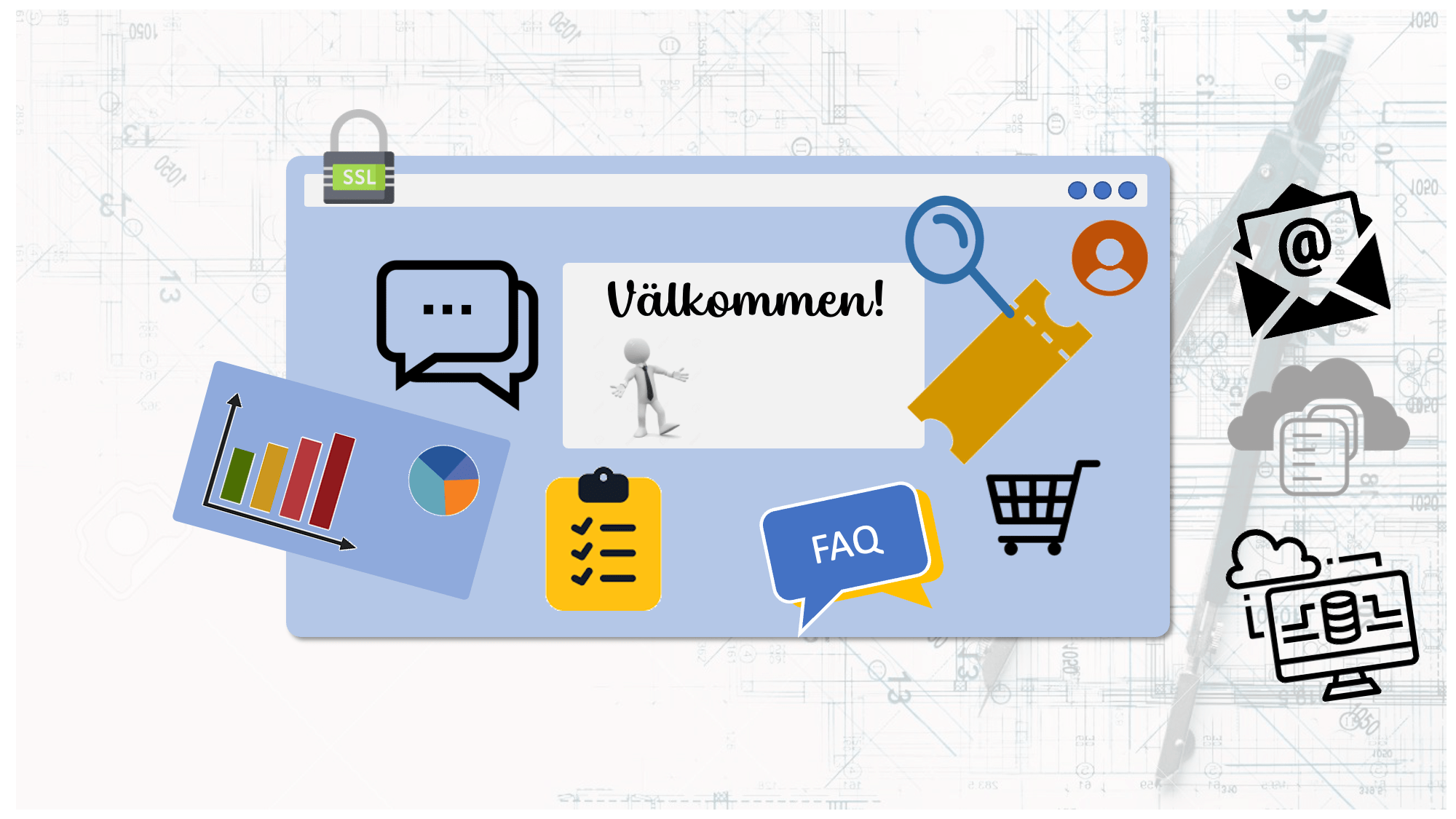A successful implementation of the customer portal
What defines a successful implementation? To know whether you have succeeded, it can be good to define how success is to be measured.
Start by defining which effects and goals you want to achieve with the customer portal. Common goals with digital customer care in general tend to be: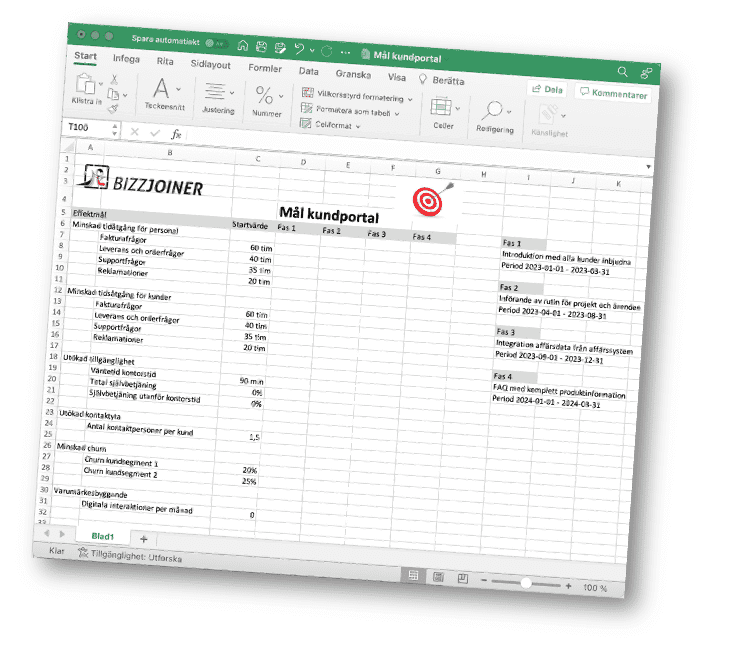
- Increased efficiency through reduced time consumption for both staff and customers
- Extended availability
- Brand building by showing that you are not only investing in sales but also taking care of your customers
- Avoid misunderstandings to reduce dissatisfaction and ultimately lost customers
Learn more about impact goals when customer portal is implemented ->
When defining success criteria, you should also consider the time aspect. Don't expect all goals to be fully met immediately upon implementation, but rather a gradual improvement as customers increase utilization. Define clear interim goals where you have the opportunity to follow up on how the investment on the customer portal turns out.
What is a customer portal
A customer portal can be designed in many different ways to suit a company's operations. Which requirements you should place on your particular customer portal naturally depends on the effect you want to achieve with it.
At the same time, digital customer care is no longer a nice-to-have, but can often be the competitive advantage that determines the choice of supplier as it shows how the supplier values the smooth collaboration with its customers.
Read more about what a customer portal is and why you should have one ->
#1. Start from the customer's perspective
Creating well-functioning customer care is achieved by starting from the customer's view of your collaboration. Of course, with the help of digitized customer care, you want to streamline your internal work, but the way you do that is to start from making it as simple and smooth as possible for the customer to be a customer.
For you as a supplier, everything is probably clear and concise about your cooperation and your joint business. But what about the customer? If the customer perceives that they have an information disadvantage where much is uncertain, the risk is that they will not see your relationship as a fruitful collaboration.
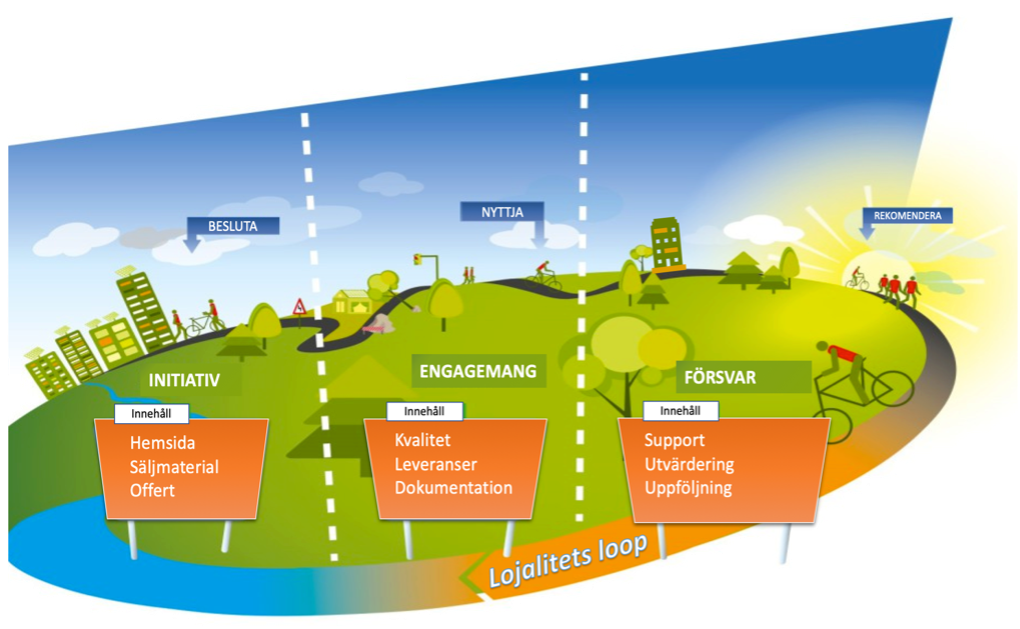
A good way to start from the customer's perspective is to describe the customer journey and the need for information, support and efficient processes along it. Then don't forget that the customer portal is one of the tools that make the customer journey easier. A tool that takes care of the customer once the relationship is established.
#2. Integrate with existing solutions
The easiest way to serve your customers is to start with the information you already have in your business system, operational system or in other data sources. By making this information available to the customer in a way that is based on their needs, you avoid the need for duplication of work.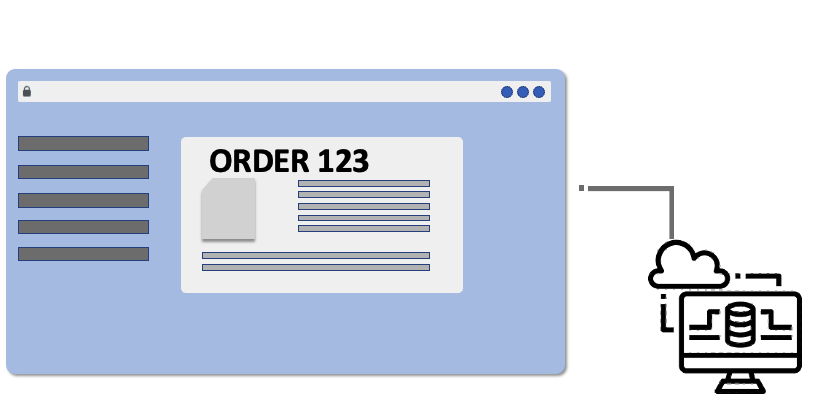
The "truth" you have in existing business solutions regarding products, projects, orders, deliveries, invoices, machine cards, planned and executed tasks, etc. is precisely the information that the customer most often requests.
Another way to integrate with existing solutions is to enlist the help of customers in registering information. If your business system can receive, for example, orders, the integration can make the registration both more efficient and more accurate as copying errors are avoided and the customer can be guided in a different way when registering than when they send an order via e-mail, for example.
#3. Identify the customer's user needs
Do you have business customers? Then don't forget that there are different user groups with one and the same customer who may have different needs for digital customer care.
In order to identify the user needs, an effective way is to follow this method:
- Define customer groups. If your customers can be divided into different categories that affect how they are organized, start by listing the different categories
- Define roles. For each customer group, you then list the various roles that can benefit from digital customer care. Examples of roles can be; Purchasing manager, Product users, Finance, etc.
- Define user scenarios. In which scenarios might the customers' users want, need or be able to benefit from interacting with you? What are the prerequisites for these scenarios and what could users benefit from using the customer portal for this?
A simple way to express a user scenario is in narrative form (a user story) according to the following template:
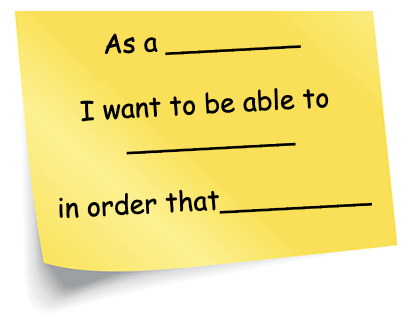
Then prioritize your user scenarios and plan functions in the customer portal that solve these. It is not a disadvantage if a function can solve several different user scenarios for several customer groups and roles at the same time!
#4. Appoint pilot customers
Planning is good, but execution is better. Introducing a new solution in an existing business can be both scary and difficult to know how it will be received by customers and the business. It is therefore important to get started with putting the customer portal into operation early, even if it is initially done on a small scale.
Select one or a few customers who get the opportunity to be pilots in the customer portal. Explain to them that you want to invest even more in customer care and to give them as customers access to a VIP entrance where they have direct access to the information and functions that make their everyday life easier.
Then tell them about which functions you intend to start with in the customer portal and explain to them how it will save time or how it will otherwise be easier for them. It may otherwise be difficult for them to immediately see the benefits of the new solution because they may already be in the same rut as you.
After the initial pilot, make sure to capture as much customer feedback as possible. What worked well, were there areas that the users found less good and if there are features they would like to see you supplement the customer portal with later.
#5. Take advantage of small advances
Don't try to create the complete, absolutely perfect, ultimate customer portal in the first step. Not only will this lead to a long delay before launch and high costs, but you will actually miss out on the positive impact of taking small steps of improvements.
Introducing a customer portal allows customers to see that you are committed to their work. This commitment naturally reinforces their image of you as the supplier who is modern, easy to work with and responsive to their needs.
Therefore, do not miss the opportunity to introduce improvements to the customer portal step by step. In this way, you will not only be more accurate when you receive feedback from customers, but also have the opportunity to show that the investment in digital customer care was not just a one-off but a continuous effort to streamline and improve cooperation with them.


